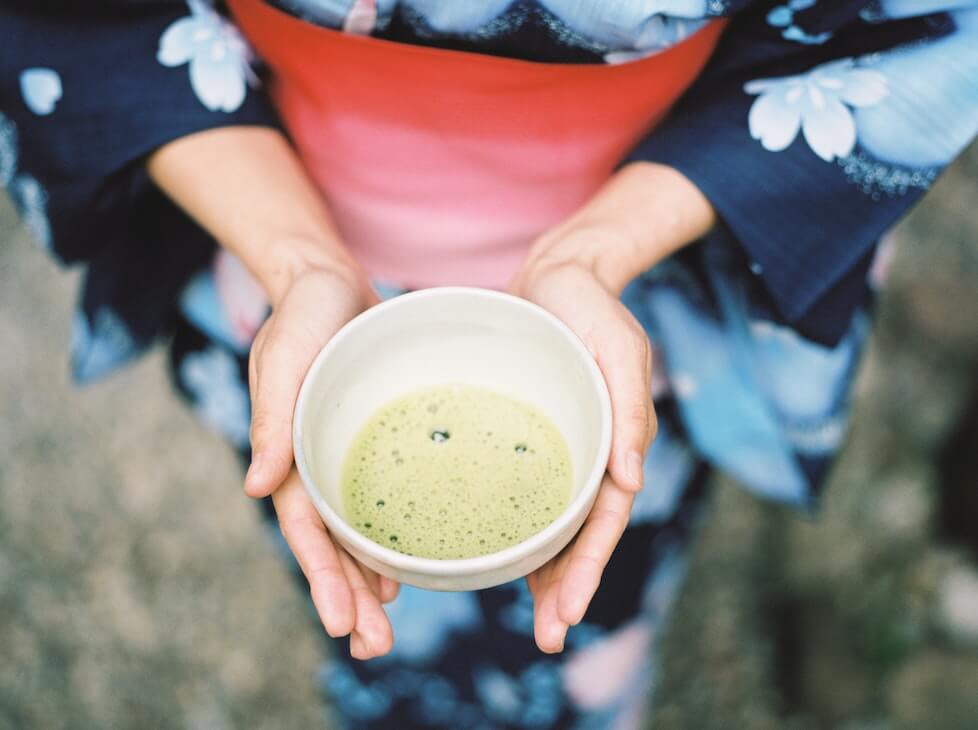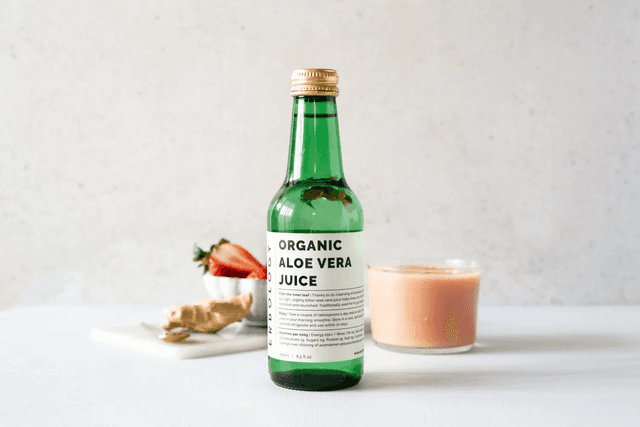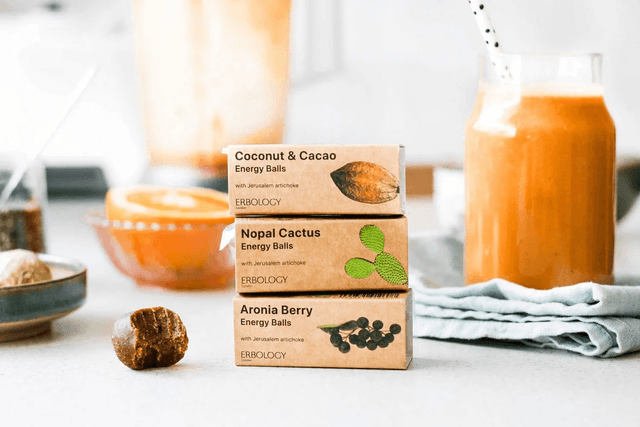13 Oct 2020
Nutrients in matcha
Matcha is different from most green teas in terms of how it’s grown, processed and how you drink it.
Almost all types of tea are made from the leaves of just one plant, Camellia sinensis. This little shrub is responsible for the black tea found in English Breakfast and Earl Grey, as well as white, oolong and green teas.
For most green teas, the plant is grown normally and then the leaves are plucked, quickly steamed and then dried and rolled.
The different ways tea growers prepare their tea leaves creates a huge range of tea varieties. Gunpowder green tea, for example, is made simply by rolling the dried leaves into tiny pellets, which look like gunpowder.
How is matcha grown?
Farmers who want to produce matcha tea grow their plants slightly differently.
A month or two prior to the harvest, they use bamboo mats or tarpaulins to shade the leaves of their Camellia sinensis plants. This encourages the leaves to produce more chlorophyll, giving them a vibrant green colour.(1)
Only the finest, youngest leaves are plucked for matcha. The best leaves of all are saved for the highest possible quality of matcha tea, known as ‘ceremonial grade matcha’. Traditionally, this venerated matcha was used in Japanese tea ceremonies. You can find out more about this type of matcha on our article about ceremonial matcha.
Once plucked, the leaves are stone-ground into a fine powder. Unlike other green teas, which are usually made by steeping the dried leaves in water, matcha is made by mixing the powder into water. That means when you drink matcha, you’re drinking the whole leaf rather than an infusion.
As a result, you’ll get a higher dose of all green tea’s health-boosting nutrients with matcha. But what exactly are those nutrients, and how do they work in the body?
Related reading
What is Ceremonial Grade Matcha?
Matcha antioxidants: catechins
Matcha is famous for containing lots of antioxidants. But while many of us know that antioxidants are good for us, you may not know what they actually do for your body.
Different antioxidants perform slightly different functions in your body, which is one of the many reasons why it’s good to eat a wide variety of foods. Several vitamins (like vitamins C and E) are antioxidants, and many other substances naturally found in plants act as antioxidants too.
The most common antioxidants in matcha are called ‘catechins’.
Technically speaking, catechins are a type of ‘polyphenol’, which simply means that they are compounds with a specific structure made up of groups of carbon, hydrogen and oxygen. You can find polyphenols in lots of plants and cereals.
Researchers have studied catechins extensively for their health benefits to humans and recognise their powerful antioxidant properties.
That means they can help prevent the damage caused to your cells by an excess of free radicals. Your body creates these unstable molecules during your natural metabolic processes, and it is well-equipped to handle a few of them whizzing around your cells.
However, environmental factors like smoking, pollution and stress can tip the balance and mean more free radicals accumulate than your body can handle, and they can start to cause cell damage. At this point, your cells experience ‘oxidative stress’, which can lead to disease.
This is where catechins come in, Their structure allows them to neutralise free radicals before they can do any damage. They do this by handing over a spare electron, which stabilises the free radical and stops it from harming your cells.(2)
What makes matcha so special is that it is extremely high in catechins, and in one type in particular: epigallocatechin-3-gallate, also known as EGCG.(3)
What does EGCG do?
Scientists think that EGCG may be responsible for lots of matcha’s health benefits.
While traditional Chinese medicine has known that green tea can improve your overall health for generations, it’s only with modern science that we can understand its health benefits on a molecular level.
We know EGCG neutralises free radicals and helps prevent oxidative stress. But what does that mean for your overall health and wellbeing?
A recent study looked into whether it could help protect against certain diseases. The results suggested that consuming EGCG helps protect against heart attack, supports cardiovascular health and acts as an anti-inflammatory.(4) All good reasons to introduce a cup of green tea into your routine!
However, to feel the benefits of EGCG as much as possible, matcha is probably your best bet. While EGCG is found in all green tea, not all of it makes its way into your body. If you steep tea leaves in water and then remove them, you’re taking a lot of the good stuff with you.
When you drink matcha you are consuming the entire tea leaf, so you will naturally get a higher dose of EGCG.



